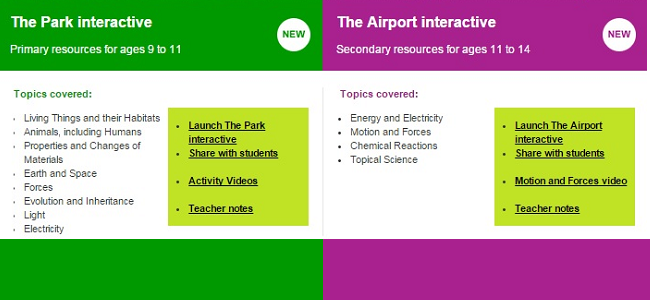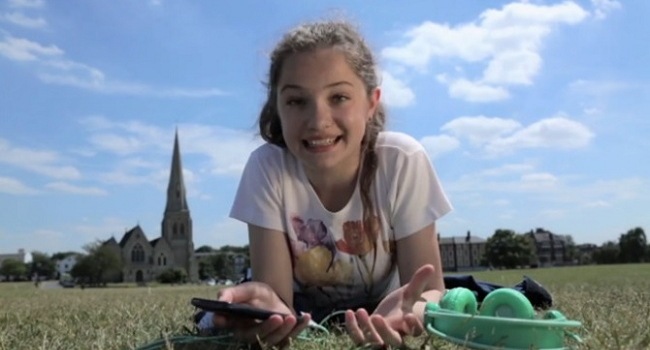
‘Where’s the Science in that?’ is a set of free videos, interactive programs, experiment ideas and teachers’ notes and has been created specifically to support teachers with the new curriculum content, and to help better engage students in their Science learning. All resources on the BPES website undergo a stringent teacher testing and review phase. During the research for ‘Where’s the Science in that?’, a common theme emerged: teachers were looking for ways to make science relevant to everyday life.
“It’s important that we help students make the connection between the science they learn in the classroom and the world around them, especially if we are to develop young people’s scientific literacy skills and inspire the next generation of scientists, engineers and technologists,” said Ian Duffy, community development manager at BP.
“By grounding students’ learning in a real-world context, the resources will create a learning environment that encourages students to ask intelligent questions, help them make sense of the world around them and be curious to learn more.”
Teachers can use the interactive resources to take students on a virtual tour of The Park (primary) and The Airport (secondary) and explore real-life examples of the amazing science that can be found in familiar settings.
The former will see a young presenter introduce curriculum topics, relating each one to a real-life example to which pupils can relate. With learners immersed in this digital park, the presenter will challenge pupils to carry out their own investigation, covering areas such as Properties and Changes of Materials, Forces, Earth and Space, and more.

Meanwhile, secondary students will visit an airport to find out how science and technology is essential to move people and luggage through the terminal, onto planes and into the air. Included is a curriculum-linked video showing the topic of Motion and Forces in action, showing how planes stay up in the air.
Teachers have already been sharing their feedback on these resources:
- “I like the whole idea that everything is linked, we compartmentalise things too much.” Science teacher at a Secondary School in London.
- “The resources put lessons into a context that’s relatable, which means students can’t say ‘what’s the point in that?’.” Year 7 & 8 Science teacher, Manchester.
- “I think with primary, you’re jack of all trades…the teacher notes are actually really useful, they’re a good starting point.” Primary school teacher, London.
Visit www.bp.com/bpes/wtsit or contact [email protected] for more information.


















